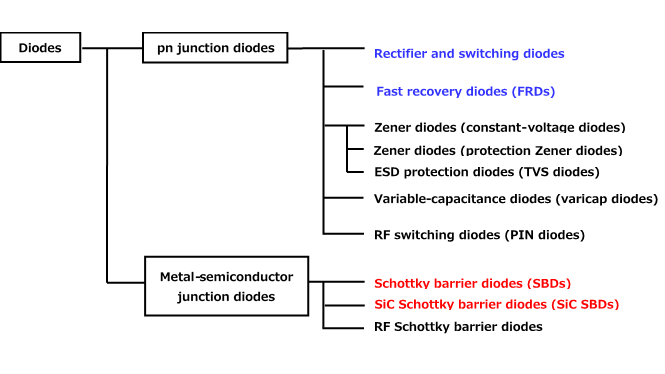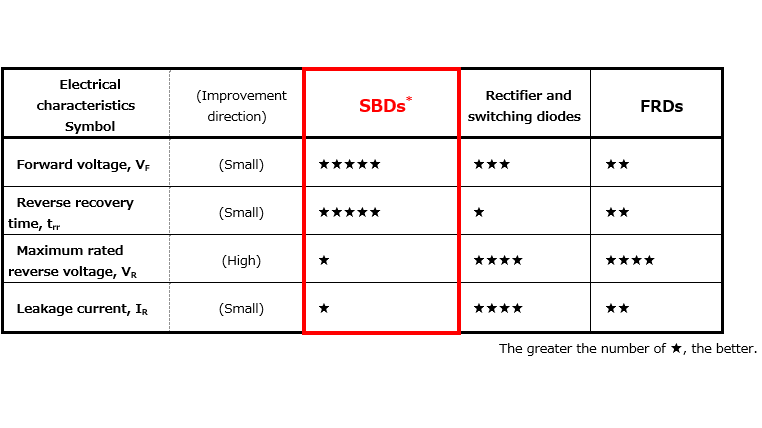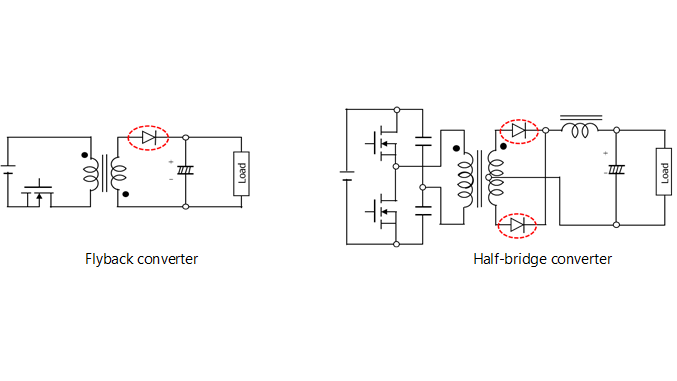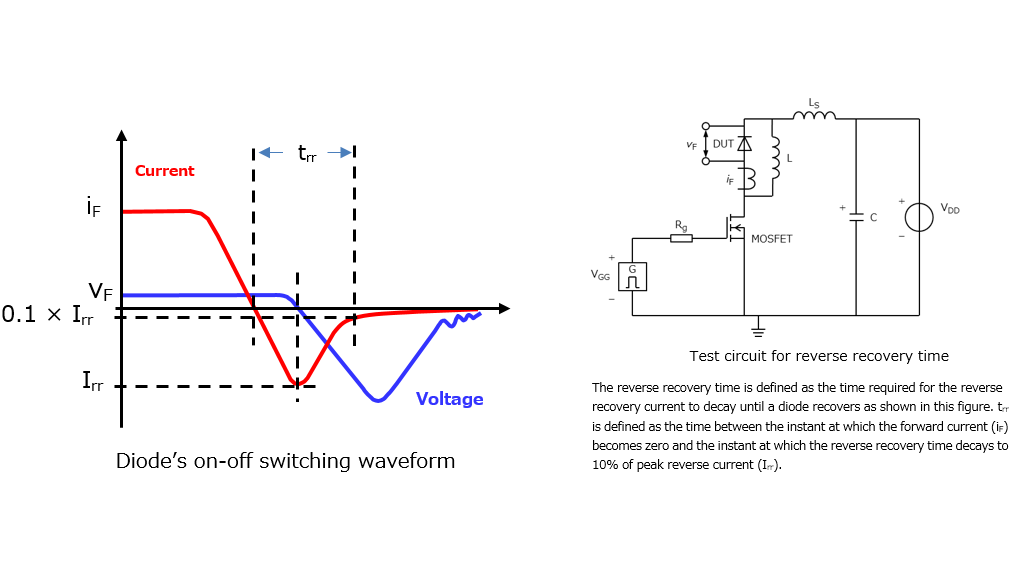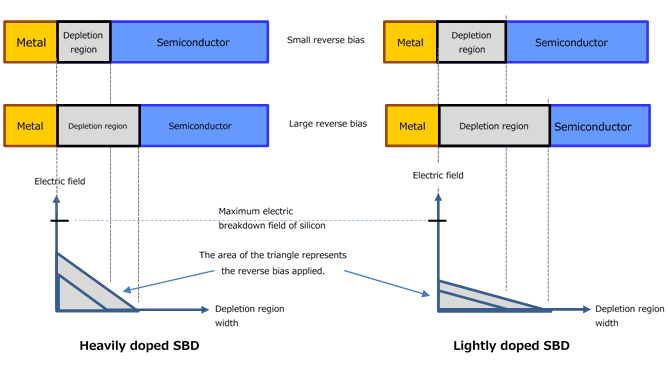- 型号 & 关键词搜索
- 交叉搜索
- 参数搜索
- 库存查询与购买
This webpage doesn't work with Internet Explorer. Please use the latest version of Google Chrome, Microsoft Edge, Mozilla Firefox or Safari.
请输入3个以上字符 Search for multiple part numbers fromhere.
The information presented in this cross reference is based on TOSHIBA's selection criteria and should be treated as a suggestion only. Please carefully review the latest versions of all relevant information on the TOSHIBA products, including without limitation data sheets and validate all operating parameters of the TOSHIBA products to ensure that the suggested TOSHIBA products are truly compatible with your design and application.Please note that this cross reference is based on TOSHIBA's estimate of compatibility with other manufacturers' products, based on other manufacturers' published data, at the time the data was collected.TOSHIBA is not responsible for any incorrect or incomplete information. Information is subject to change at any time without notice.
请输入3个以上字符
3-7.漏电流
当向势垒施加正向偏置时,扩散电位下降。因此,半导体导带中的电子穿过耗尽区扩散到金属,导致从金属到半导体出现正向电流。当半导体中的绝大多数载流子密度变得高于金属中的绝大多数载流子密度时,即会发生载流子扩散。因此,电子从半导体扩散到金属,导致电流流动。
当反向偏置在扩散电位以上的范围内时,金属的载流子密度变得高于半导体的载流子密度,导致电流反向流动。这种电流称为漏电流。由于SBD在高于扩散电位的能级处具有低载流子密度,因此漏电流的大小远远低于正向电流的大小。
由于SBD的扩散电位低于pn结二极管的扩散电位,因此电流开始以低于pn结二极管的电压流过SBD。SBD倾向于表现出更高的漏电流,因为其晶体结构倾向于会在金属和半导体的异质结处受到干扰。
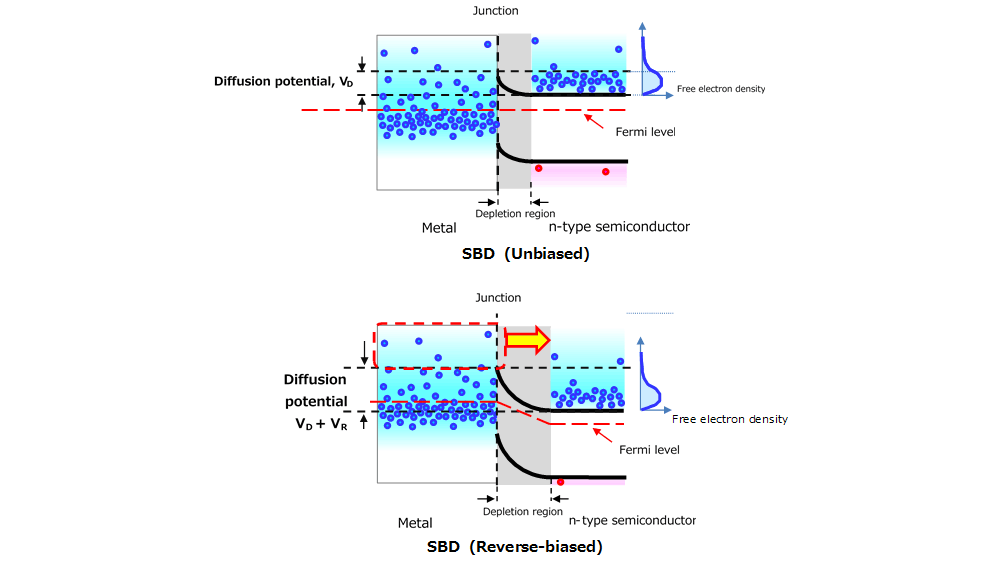
- Prev
- 7/7


